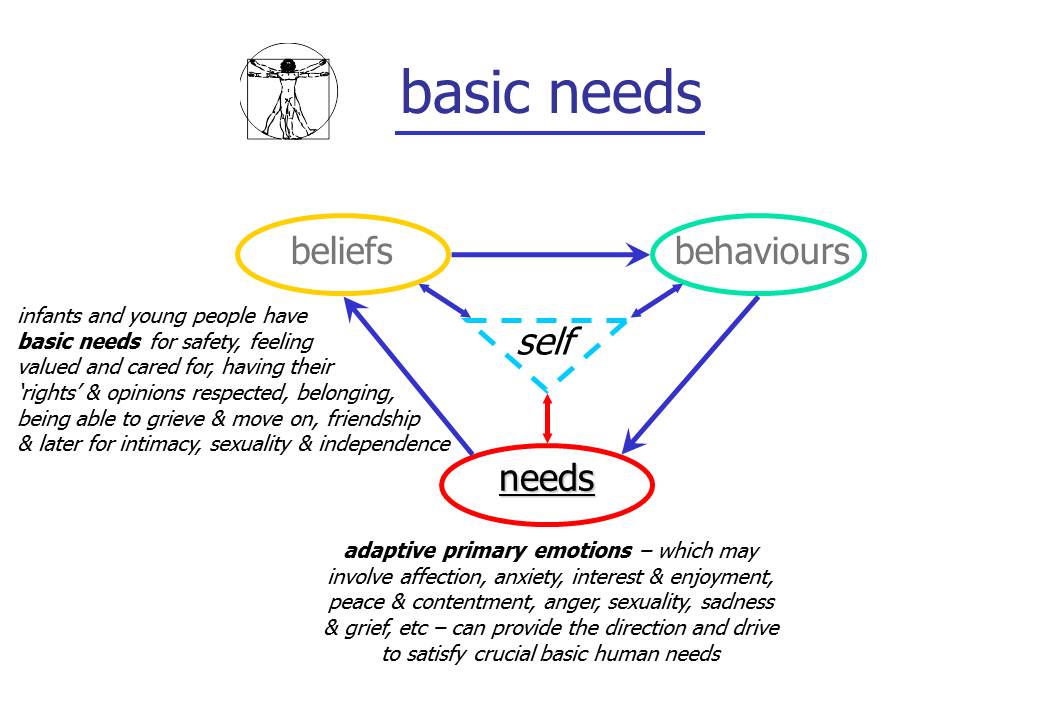On the 15th March 2010 my dear, precious mother Edie Hawkins died. She was 97 and I'm writing this post ten days later. After the funeral, after the flurry of forms and arrangements and visits and paperwork have quietened down.
I woke early this morning. Thought about her. A sense of her. She was an immensely kind, giving, determined, selfless person. This website wouldn't be here without the influence of her and my father, Jim Hawkins (who died back in 1989) - also such a generous, caring, thoughtful human being.
If you've found anything of value on this site - if it's helped you personally or in your work, please say an inner thank you to Edie and Jim. This website wouldn't be here if it wasn't for them and how they've influenced what I believe in and what I work for.

